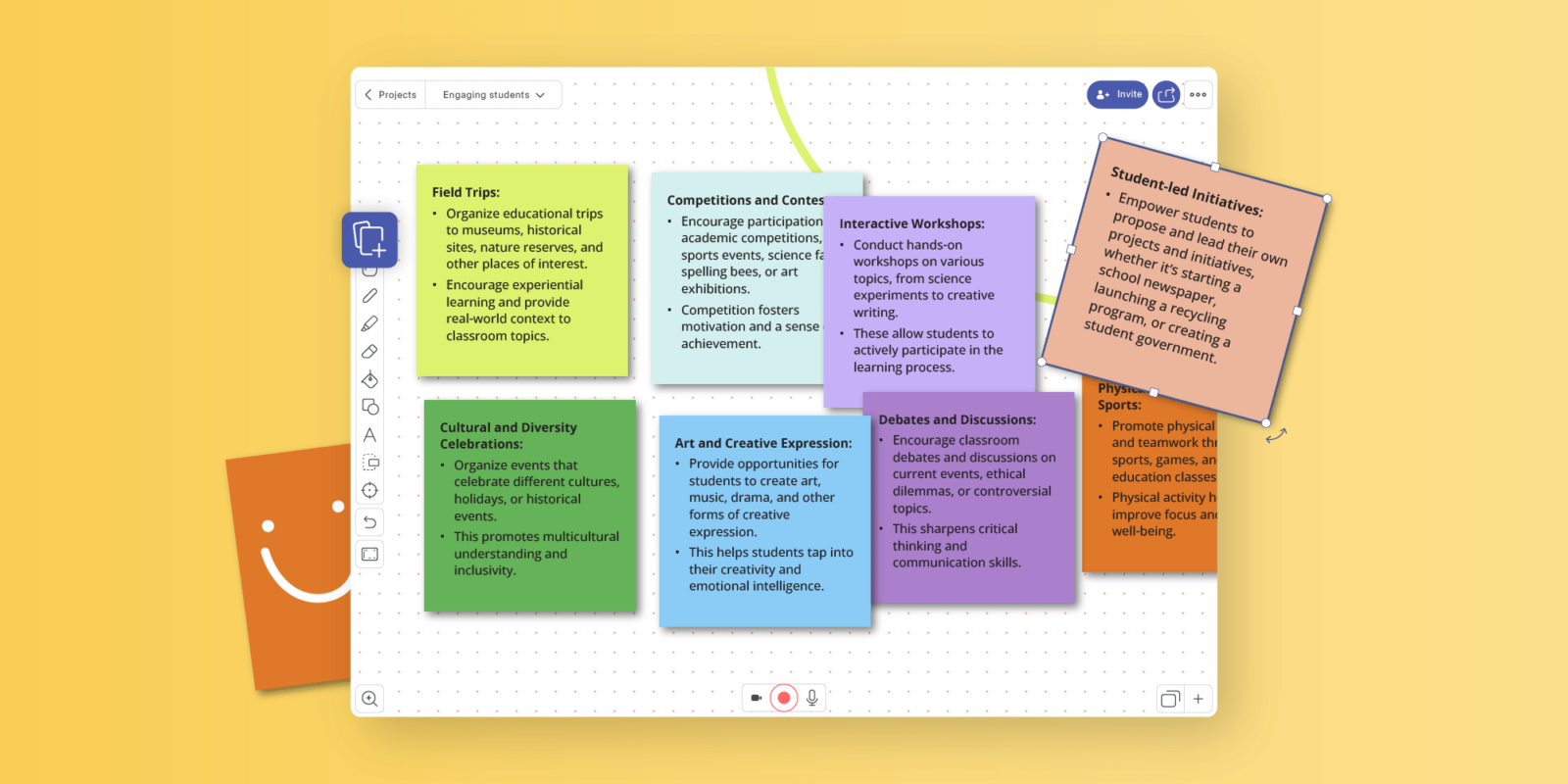How do self-destructing notes support secure supply chains?

From data breaches and intellectual property theft to physical disruptions and fraud, ensuring the security of your supply chain is crucial for the success and reputation of your organization. Self-destructing notes provide a distinctive and innovative approach to safeguarding sensitive information and boosting the overall security of your supply chain. Self-destructing notes, also known as temporary notes, are designed to automatically disappear after a set period, providing a secure and private means of communication. But how exactly do they support secure supply chains? Let’s explore how self-destructing notes are leveraged to enhance security and protect your supply chain operations.
1. Protecting sensitive information
Supply chains involve exchanging vast amounts of sensitive information, from product designs and specifications to shipping details, inventory data, and financial records. Self-destructing notes offer a secure platform for sharing such information, ensuring it doesn’t fall into the wrong hands. During the development and manufacturing phases, there is a constant flow of confidential data between designers, engineers, suppliers, and manufacturers. By using self-destructing notes, you share sensitive product specifications, ensuring that this information doesn’t become permanently accessible or vulnerable to data breaches.
2. Enhancing communication security
Effective communication is essential for a well-functioning supply chain, but traditional communication methods may not provide adequate security. Emails, for instance, are intercepted, forwarded, or stored indefinitely, creating potential vulnerabilities. Self-destructing notes offer a more secure alternative for sensitive supply chain communications.
When you send a self-destructing note, you set a specific time frame for its accessibility, after which the note and its contents disappear permanently. This ensures that unauthorized individuals can’t access your messages or linger in inboxes, reducing the risk of data breaches or information being misused or misinterpreted over time. Additionally, self-destructing notes are password-protected, adding another layer of security. This is particularly useful when sharing highly confidential information, as it ensures that only authorized individuals with the correct password can access the note’s contents.
3. Ensuring regulatory compliance
Depending on your industry, your supply chain may be subject to strict data protection regulations, such as the General Data Protection Regulation (GDPR) or industry-specific standards like the Health Insurance Portability and Accountability Act (HIPAA) in healthcare. Non-compliance can lead to significant fines and damage your organization’s reputation.
Self-destructing notes can help you meet these regulatory requirements by providing a secure and auditable way to handle sensitive data. For example, in the healthcare industry, self-destructing notes are used to share patient information securely between healthcare providers, ensuring compliance with HIPAA regulations. Similarly, in the financial sector, self-destructing notes can facilitate the secure exchange of client data, transaction details, and financial reports, helping to meet data protection standards and maintain the confidentiality of sensitive financial information.
4. Reducing the risk of data breaches
Data breaches devastate supply chains, leading to financial losses, disrupted operations, and damaged reputations. Self-destructing notes offer a powerful tool in your data breach prevention strategy by minimizing sensitive data permanently stored or accessible within your organization’s systems. By using self-destructing notes for sensitive supply chain communications, you reduce the attack surface for potential data breaches. Self-destructing notes are integrated into a multi-factor authentication process, adding an extra layer of security for accessing crucial systems or information. This helps prevent unauthorized access and further reduces the risk of data breaches. For helpful information, Check This Out.










